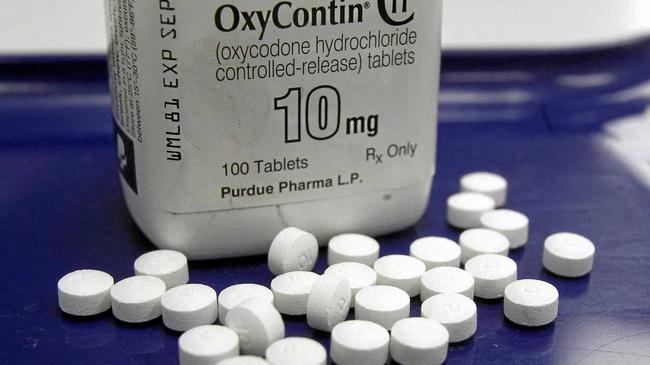BEHIND THE DESK: What's the best way to end overdose crisis?
UNINTENTIONAL drug overdose deaths have almost doubled in the Clarence Valley over the past ten years, so what can be done about it?

Opinion
Don't miss out on the headlines from Opinion. Followed categories will be added to My News.
EDUCATION KEY TO AVOID OPIOID CRISIS
Jarrard Potter
WHEN the unintentional drug overdose figures for the Clarence Valley were revealed this week, I was quite shocked to see the spike in deaths during the past 10 years.
Between 2003 and 2007, 12 people lost their lives to an unintentional drug overdose. Between 2013 and 2017, that figure almost doubled to 23.
When people talk about a drug overdose, chances are they're referring to the pop culture definition, the one they see on TV screens and movies.
You know the one, the hopeless addict in a dark alley shooting up with a syringe hanging out their arm.
However, that isn't the reality of the problem as set out by the Penington Institute's Annual Overdose Report.
More and more people are dying as a result of overdosing on pharmaceutical opioids.
While the overdose deaths are alarming, they don't take into consideration how many people are addicted to them as well.
If we have any chance of tackling this problem, there needs to be a change in thinking when it comes to drug overdoses.
It's not hard to see the consequences of an opioid crisis. Take a look at what's happening in the United States and what they're going through with mass rates of addiction and death due to pharmaceutical opioids. We certainly don't want to see that here.
Pain management is a serious issue that needs to be addressed, but more education and information is needed to make sure people are aware of the danger of these drugs, and their responsible use.
If something isn't done now and these trends continue, another 10 years down the track may be too late.
PROVE TO ME THAT DRUG POLICIES WORK
Tim Jarrett
AS PEOPLE only begin to understand the problems with prescription drugs, heroin quietly overtook oxycodone and morphine as the opioid most responsible for unintentional drug-induced death.
In fact, it was the first time since 2003 this had occurred, back in the good old days when there were only around 150 deaths per year.
Fast forward 15 years and what has changed? The number has risen to just under 400.
As someone who has been unlucky enough to bury not one, but two friends after a heroin overdose, it is immensely frustrating (and borderline enraging) that people still insist it should be illegal.
Time and time again, families, friends, colleagues and partners are lost because (for reasons unknown) we as a society refuse to countenance the idea that maybe we actually have it wrong on drug policy.
Heroin injecting rooms have been proven to prevent deaths from accidental overdoses, so here is a radical idea: Give it out for free and supervise people shooting up. Sound shocking? It is. But it would save lives.
Year on year we hear the same things and do the same things, expecting a different result and our eyes still light up when we see an image of half a tonne of dope on a table.
But guess what? People are doing more drugs than ever, people are overdosing more than ever and we are spending more than ever to stop it.
If saving lives is the preferred outcome as opposed to maintaining a system based on self-righteous dreamland politics, then we have to get creative. So my challenge to those who don't believe in radical drug reform: Prove to me that your way is working.
Originally published as BEHIND THE DESK: What's the best way to end overdose crisis?


